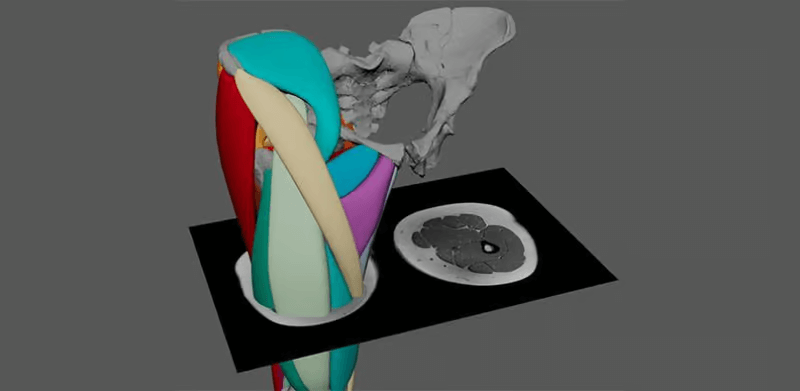We may only ever have 47 of the 207 bones that made up the skeleton of this 3.18-million-year-old Australopithecus afarensis specimen known affectionately and widely as Lucy, but it’s been enough to make some incredible discoveries (and stir up more than a few controversies) that have informed human evolution.
The latest comes out of the University of Cambridge, where researcher Ashleigh Wiseman digitally reconstructed Lucy’s soft tissue in a 3D computer model for the first time. Recreating the musculature of the leg and pelvis, the imagery supports the supposition that this part-time tree-dwelling hominin walked completely erect, like humans, but more than three million years earlier.
Starting with human MRI and CT scans to map muscle pathways, Wiseman next focused on virtual reconstructions of Lucy’s bones and joints, and then married up cues from muscle “scarring” on the bones.
The resulting model shows how Lucy was capable of upright, erect locomotion but also possessed powerful leg muscles that facilitated her species’ half-land, half-arboreal lifestyle. Researchers believe the extra muscle power in the legs – 74% of the total mass compared to around 50% for humans – enabled A. afarensis to exploit both land and tree habitats.
































